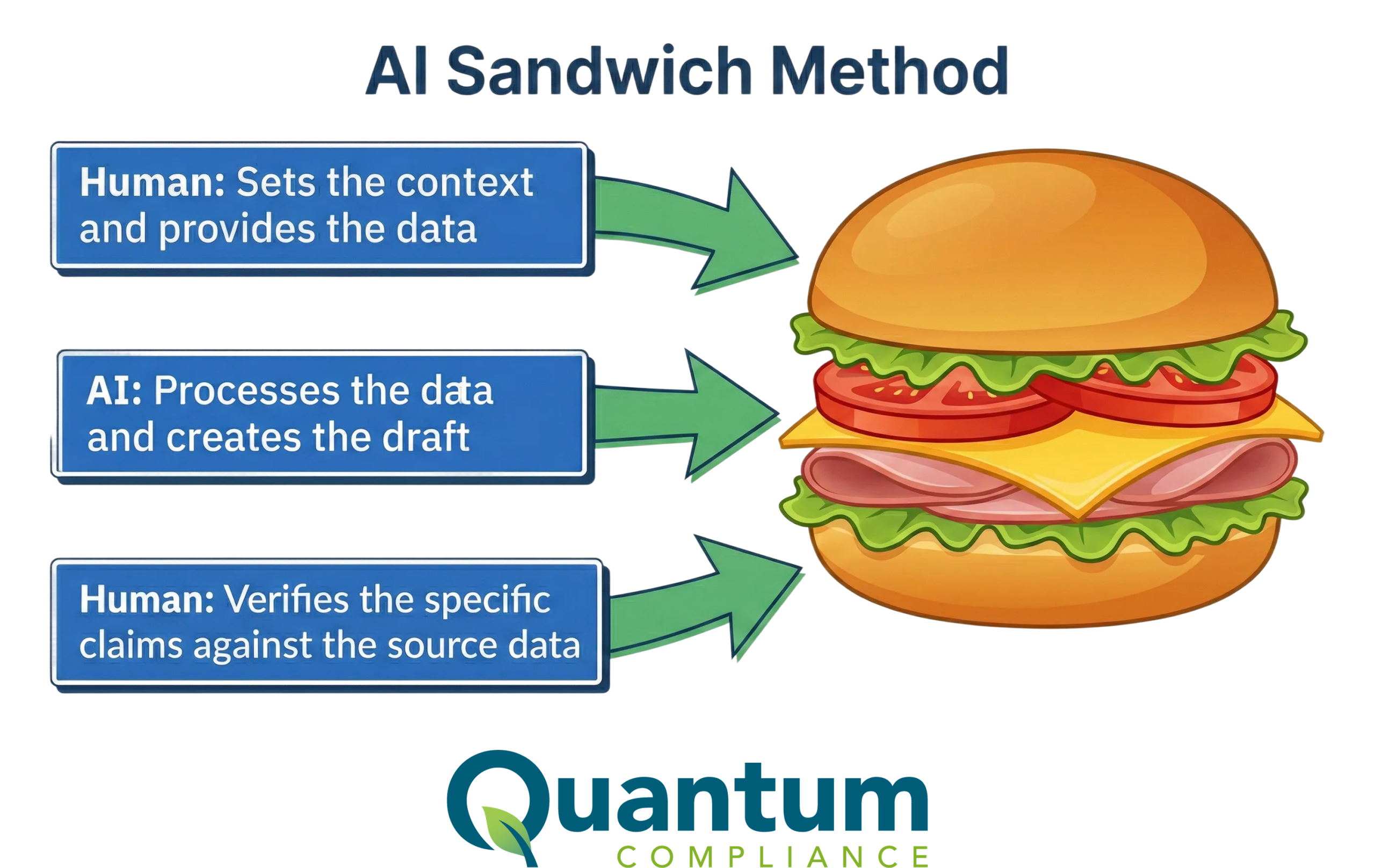 In November of 2015, OSHA created an updated draft of their Safety and Health Program Management Guidelines, a move that is intended to change the 1989 program of the same name. Because it is such a wide-reaching shift, OSHA is seeking public commentary on this update. In order to do so, they will be holding a public meeting on March 10, 2016 in Washington DC, but members of the public can also register their comments online.
In November of 2015, OSHA created an updated draft of their Safety and Health Program Management Guidelines, a move that is intended to change the 1989 program of the same name. Because it is such a wide-reaching shift, OSHA is seeking public commentary on this update. In order to do so, they will be holding a public meeting on March 10, 2016 in Washington DC, but members of the public can also register their comments online.
The Safety and Health Program Management Guidelines update does not create or modify any existing laws but provides valuable guidance on keeping workplaces safe. It focuses on using proactive rather than reactive responses to potential hazards and emphasizes the need for constant improvements in safety and health planning.
To make sure these improvements are as well-informed as possible, the questions OSHA would like answered are as follows:
- Many names are used to describe workplace safety and health programs. The current draft is entitled Safety and Health Program Management Guidelines because this document updates and replaces OSHA’s 1989 publication with the same title. In the intervening years approaches such as those described in these guidelines have come to be known as Occupational Safety and Health Management Systems (OHSMS), Safety and Health Management Systems (SHMS), and Injury and Illness Prevention Programs (IIPP or I2P2). The agency is interested in using a name for this program that small and medium-sized businesses will easily understand. Should OSHA consider changing the title to reflect any of these more contemporary titles? If so, why?
- One fundamental goal of the guidelines is to encourage continuous improvement in workplace safety and health management and performance. Does the section on Program Evaluation and Improvement make it clear that employers are to improve their programs over time as their evaluation suggests ways to enhance program performance on an ongoing basis (i.e., that it’s okay to start with a simple program and build to a more comprehensive program over time)?
- The Agency’s goal was to write the guidelines in language that is appropriate for, and easily understood by small and medium-sized businesses and their workers without relying on consultants or outside assistance. Has OSHA achieved that objective?
- Have the guidelines overlooked any concepts or actions that are critical to establishing and maintaining an effective safety and health program?
- Can you submit to OSHA any case studies or other documentation that illustrates the effects (benefits, organizational impacts) of fully implementing a safety and health program similar to the program described in OSHA’s guidelines?
- OSHA’s goal is that these guidelines generally be consistent with the current consensus standards. To what extent, if any, are the guidelines inconsistent with the ASSE AIHA Z10-2012 Occupational Health and Safety Management Systems standard, or the Occupational Health and Safety Assessment Series (OHSAS) 18001 Occupational Health and Safety Management standard? Please provide examples of inconsistencies. If so, do these inconsistencies make small and medium-sized businesses more or less likely to implement a safety and health program?
- Do these guidelines contain any action items that cannot be fully implemented or are too difficult to be implemented by small and medium-sized businesses? Can you provide examples of situation(s) where this might occur?
- Are there industries or types of workplaces in which these guidelines are not appropriate or would be difficult to implement? If so, please give examples and explain why.
- Has the section on Coordination and Communication on Multiemployer Worksites effectively conveyed actions needed to protect all workers?
- Appendix A presents several tools and resources that can aid in program implementation. Are these tools helpful? Should OSHA develop additional tools and resources? If so, what additional tools and resources are needed?
- Some of the actions recommended in these guidelines are also required in certain circumstances by OSHA standards. Appendix B lists OSHA standards that contain requirements that are the same or similar to the actions recommended in the Guidelines. Is Appendix B needed and helpful? Is there a more effective way to convey the information contained in Appendix B?
- What type of information is most persuasive to small and medium-sized businesses about the benefits of implementing a safety and health program in their workplace? Who can speak most persuasively about the topic (e.g., other business owners/managers, OSHA staff, consultants, etc.)? What stops small and medium-sized businesses from adopting a safety and health program?
- Should OSHA plan to hold stakeholder meeting(s) to allow the public to discuss the guidelines with Agency officials face-to-face? Would holding such a meeting(s) be productive and result in significant improvements in the guidelines? Would you participate in such a meeting?
OSHA is also open to any other relevant or helpful commentary on the matter. All public comments can be submitted at the regulations.gov site set up for this purpose.








